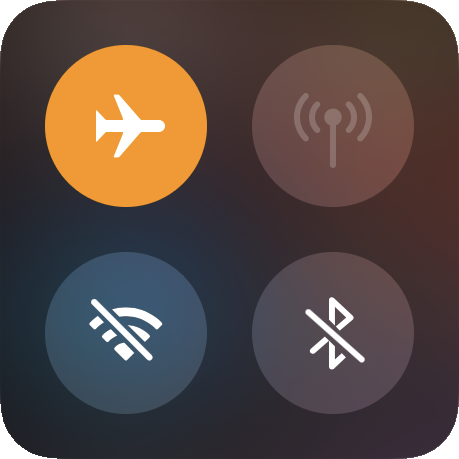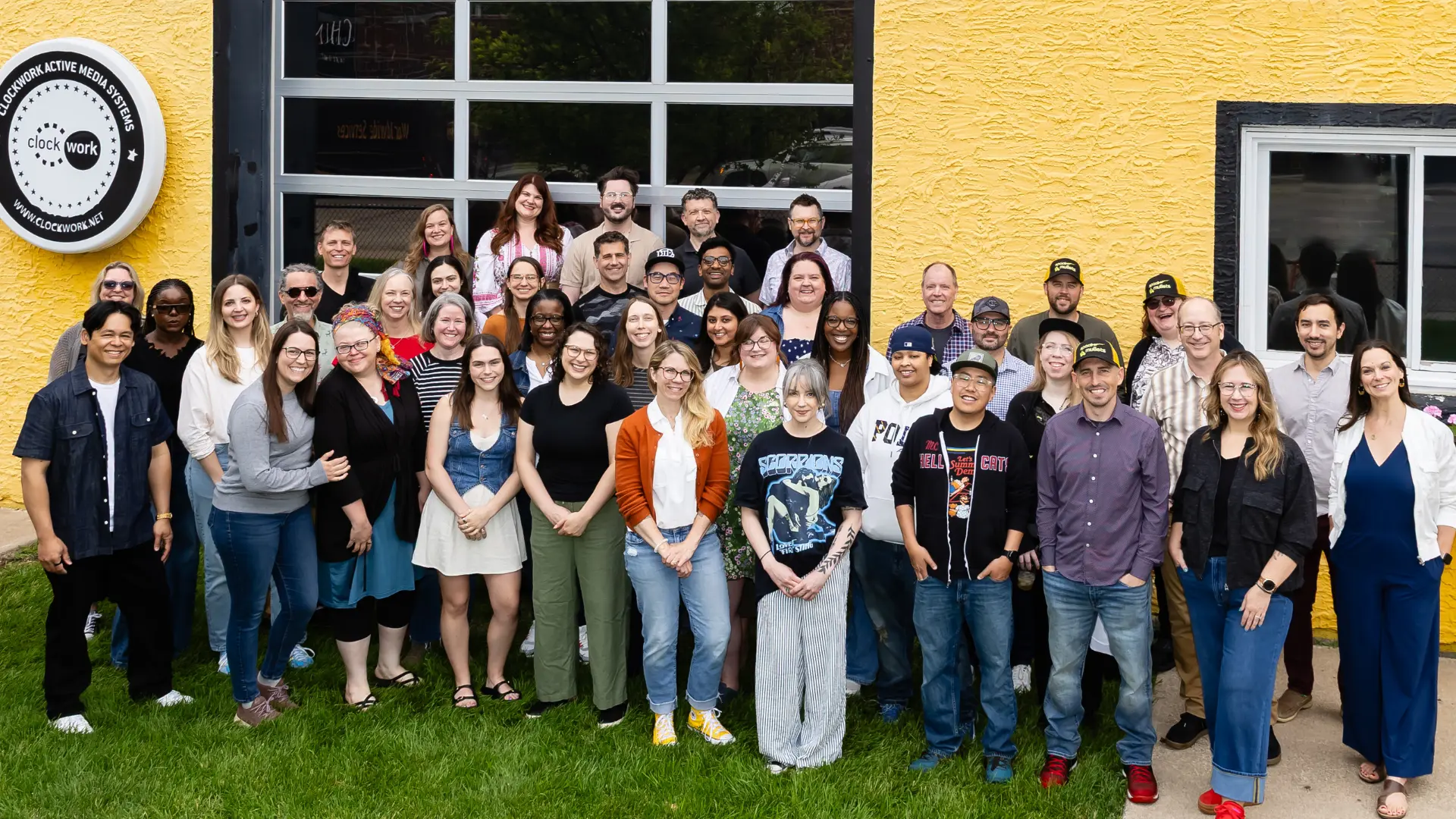On a recent business trip I ended up on a flight without wi-fi. That’s right: NO INTERNETS. It was during business hours and I’d planned on working online while in transit, like I do on so many flights. No luck.
With no wi-fi, what was I to do?
For two hours I worked. And an amazing thing happened — I worked without checking email, without answering instant messages from my project team members, without checking Facebook or using Google as a spell-checker.
You know what else happened? The world didn’t end. My projects moved along. My clients’ needs were (eventually) attended to. My teammates filled in as needed (and I hadn’t even prepared the ‘How to Survive Without Me’ manual!).
Of course, finding that focused work zone has happened before. That place in the middle of stressful cranking and tunnel vision. A metered pace that results in a balance between moving too fast to think critically and being so focused that I’m immune to extraneous noise.
And then I was back on land.
Despite my realization and a new inner monologue — crying for a revolution against being ever-connected and resolving to carry on with my new-found zen-ness — I forgot.
I went back to always being connected. Perhaps the shift back is due to the anxiety of not being connected. But it’s also because being connected feels built into our jobs and our lives.
When I calculate the value of staying connected versus going off the grid, it often looks like this: If the cost of unplugging results in not only deferred work, but also an increase in work, than one should remain connected. This is, of course, a sad, wrong, and incomplete equation that needs a few more nuanced considerations before it’s realistically balanced.
Like many jobs, Project Management requires deep concentration and an almost butterfly-like ability to jump from task to task and question to question. In addition to being a leadership role, it’s also a service role — serving both clients and internal teams — so being available is certainly part of the job.
And it’s easy to be available, even on flights. But I ask: At what expense? Does the benefit of uber-responsiveness outweigh the outcome?
I recently talked with a wise co-worker and mentor, Meghan Wilker, about the topic. She said something like, “I’d rather have you work fewer hours and provide a more concentrated effort than be always-on and stretched too thin.”
Lesson? Make your own airplane mode.
Always watching. Always juggling. Feeling the struggle between balancing the needs of a service-driven culture with the reality of juggling projects, internal teams, clients, and a family that I love is not going away. Disconnecting provides a mental break that is hard to find when email is always a swipe away. But it can be found if you take the effort to find your Airplane mode.
Part of using technology well is knowing when to use it and when not to. Part of being a smart and productive worker is knowing what you should and should not be doing to maintain your sanity. So whether it’s blocking “desk time” on your calendar, turning off the wi-fi, or working in a place that doesn’t even have an Internet connection (gasp!), I challenge everyone to find their own Airplane Mode.
For me, cutting off access for 2 hours so I can perform parts of my job more calmly and with more focus — and thus more efficiently — seems like a small price to pay. Sometimes serving others requires you to serve yourself first. I’m writing this down so I remember. And so you perhaps do, too.




